It’s ridiculous that in the year 2025, we somehow still find ourselves having to defend the viability and justify the demand for single-player games, yet here we are. It’s especially frustrating, of course, because the vast majority of the actual gaming audience will tell you that yes, single-player games absolutely are commercially viable products with more than their fair share of demands. In fact, time and again, spectacular sales and widespread acclaim for single-player games do just that. And yet, frustratingly, there are some in key positions in the games industry itself – from publishers to specific figures at companies – who can’t seem to rid themselves of the notion that anything developed as an exclusively single-player experience is going to fail to sell to the level that modern AAA game development budgets necessitate.
Recently, of course, we saw Electronic Arts CEO Andrew Wilson suggesting that Dragon Age: The Veilguard had failed to sell to expectations because it lacked live service elements. Even if you were to look at just the case of Dragon Age itself, you’d find no shortage of things to blame for its underperformance- its deficiencies in areas liking writing, progression, or choice and consequence mechanics; how many responded to its tonal and aesthetic shift; the tortured development that it endured, full of reboots, delays, and behind-the-scenes turbulence of all sorts, much of which was brought about, ironically enough, by the game’s initial pitch being that of a live service experience. According to EA, however, it was Dragon Age: The Veilguard’s complete lack of multiplayerness that led to its commercial failure.
It’s a baffling stance, because there’s a hilariously long list of exclusively single-player games that saw widespread success on all fronts that you can point to to disprove Wilson’s argument- some of which, by the way, have been published by EA itself (i.e., the Star Wars Jedi series). And yet another name has been added to that already lengthy list just in the last few days. Kingdom Come: Deliverance 2 launched on the back of years of anticipation and widespread hype to kick off February, and really, 2025 in earnest. And sure enough, not only has the massive open world action RPG enjoyed widespread critical acclaim, it’s also got off to an impressive start on a commercial front, having sold over a million units worldwide on its first day alone.
To anyone who’s been paying attention, Kingdom Come 2’s success doesn’t come as a surprise. The first game was a huge hit, having sold over eight million units worldwide- and that was in spite of its decidedly unpolished nature, and the fact that its critical reception was sort of all over the place. With its promise of a similarly compelling, authentic, and expansive role playing experience, but this time with more to do, a greater range of options, and countless improvements and layers of polish, Kingdom Come: Deliverance 2 had turned many heads in the lead up to its release. To see it succeeding the way it is, then, doesn’t come as a shock.
And wouldn’t you know it, it’s managing all of that despite being a purely single-player experience. No live service elements, no asynchronous multiplayer, no co-op options, no PvP component. Just a single-player game, full of content, complex systems, engaging storytelling, and detailed worldbuilding. And all of that is enough to not only attract a sizeable audience right out the gate, but to hold that audience’s attention in a way that so many supposedly lucrative live service games have failed to do over the years. Who would’ve thunk, right?
Admittedly, in some ways, the scale of Kingdom Come: Deliverance 2’s success might seem at least slightly incongruous to those familiar with the game’s design sensibilities. Like its predecessors, Kingdom Come 2 has a unique and singular vision, and it commits to bringing that vision to life with unrelenting and uncompromising zeal. Above all else, it wants to immerse players in its historical, open world setting, and just as important as that realism and authenticity is the game’s insistence on being beholden to its vast and complex web of open world RPG sandbox systems. The end result, in many ways, can easily come across as off-putting to those who might just be looking for a casual, breezy open world experience. That is definitely not what Kingdom Come: Deliverance 2 is.
What it is can be complicated to pull off, but then again, we have seen quite a few examples of games with similar ambitions and ideas that have managed to pull off their visions so comprehensively that they manage to overcome their seemingly niche and inaccessible premises and go on to attract sizeable audiences. Elden Ring is the big one, of course, while the first Kingdom Come: Deliverance also did the same. Last year, meanwhile, also brought us the likes of Dragon’s Dogma 2 and S.T.A.L.K.E.R 2: Heart of Chornobyl– both games that were almost proudly hostile to the player, but were beloved by many in their audience for precisely those tendencies.
Kingdom Come 2 is cut from a similar cloth, and it backs up its eccentricities and uniqueness with plenty of quality as well, of course. For instance, its world is absolutely massive, but rather than being huge for the sake of it, it is highly detailed and immaculately crafted. It’s also brimming with content that deserves high praise not only for being highly diverse in its design and style, but also for how consistently well-written it is. It tells a compelling story that only gets better as you dive deeper into the rabbit hole, and the more you engage with its optional offerings, the greater your appreciation grows for its story and the world that it is set in- not least because a lot of the side quests find an interesting way to weave themselves into the main tale. And all of this is, of course, built on top of a dense and complex lattice of systems that bring Kingdom Come 2’s open world to life in ways that most other open world games can only hope to emulate.
All of which is to say that when you get true quality in a game – quality like Kingdom Come: Deliverance 2 delivers in spades – whether or not it has any multiplayer elements or live service style features ends up being entirely irrelevant. From its top-notch writing and its compelling worldbuilding to its dense and engaging RPG mechanics and so, so much more, the game delivers in ways that many might argue Dragon Age: The Veilguard simply didn’t. Both are obviously entirely different kinds of games, but where Dragon Age failed to satisfy the demands and wants of many in its target audience, Kingdom Come 2 hits all the right notes with resounding success for the many.
That is the key to finding critical and commercial success- not trying to chase trends by forcing live service elements into games where they don’t belong. There’s a long list of games that have tried to do that and failed spectacularly, only to serve as little more than cautionary tales for future wannabe trend-chasers. Meanwhile, there’s an even longer list of games that have found widespread success because they were able to bring their visions to life with genuine quality, everything else be damned. Kingdom Come: Deliverance 2, as it turns out, has done that. Dragon Age: The Veilguard didn’t. Maybe it should be as simple as that.
Note: The views expressed in this article are those of the author and do not necessarily represent the views of, and should not be attributed to, GamingBolt as an organization.

 9 hours ago
21
9 hours ago
21

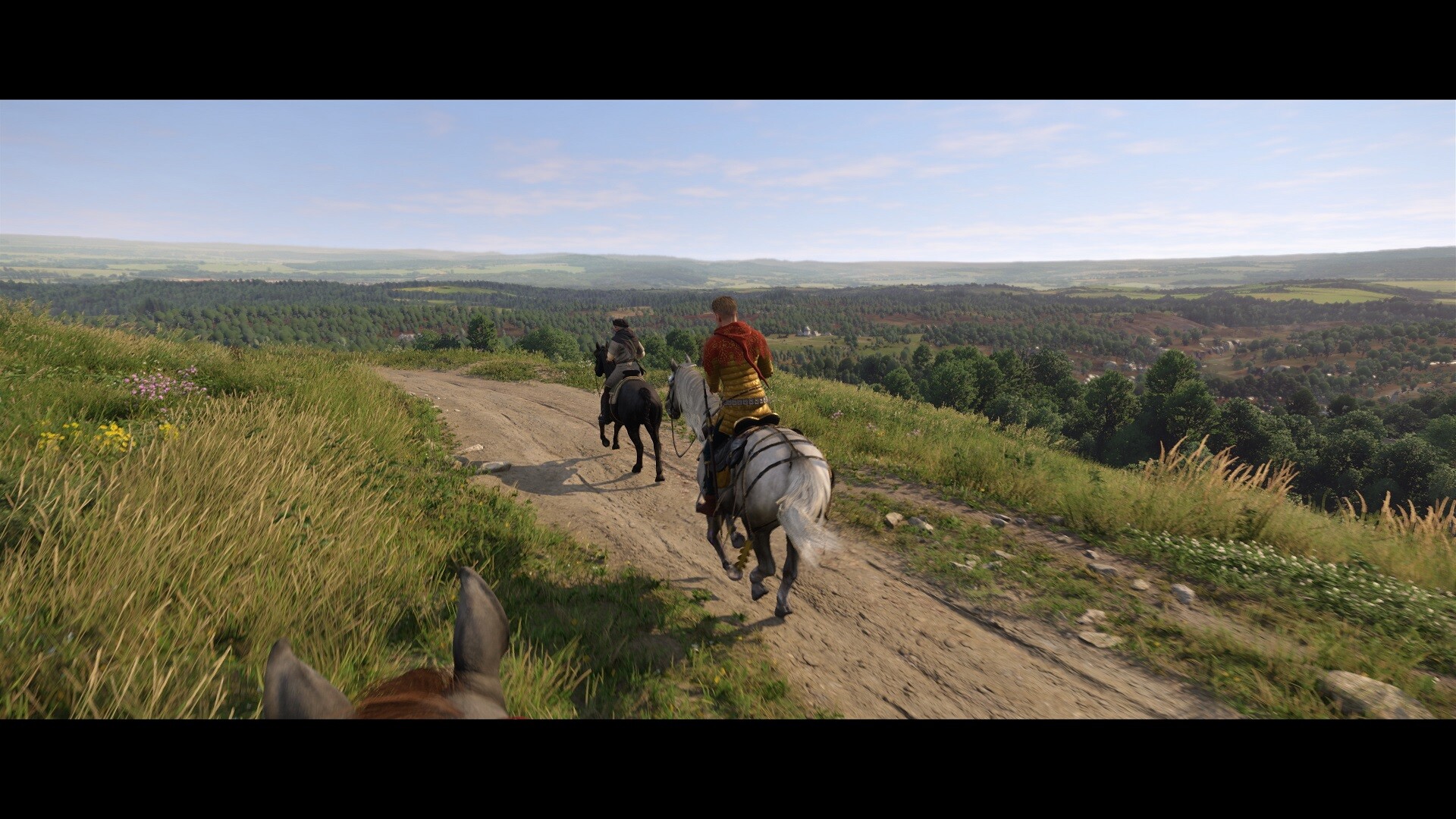
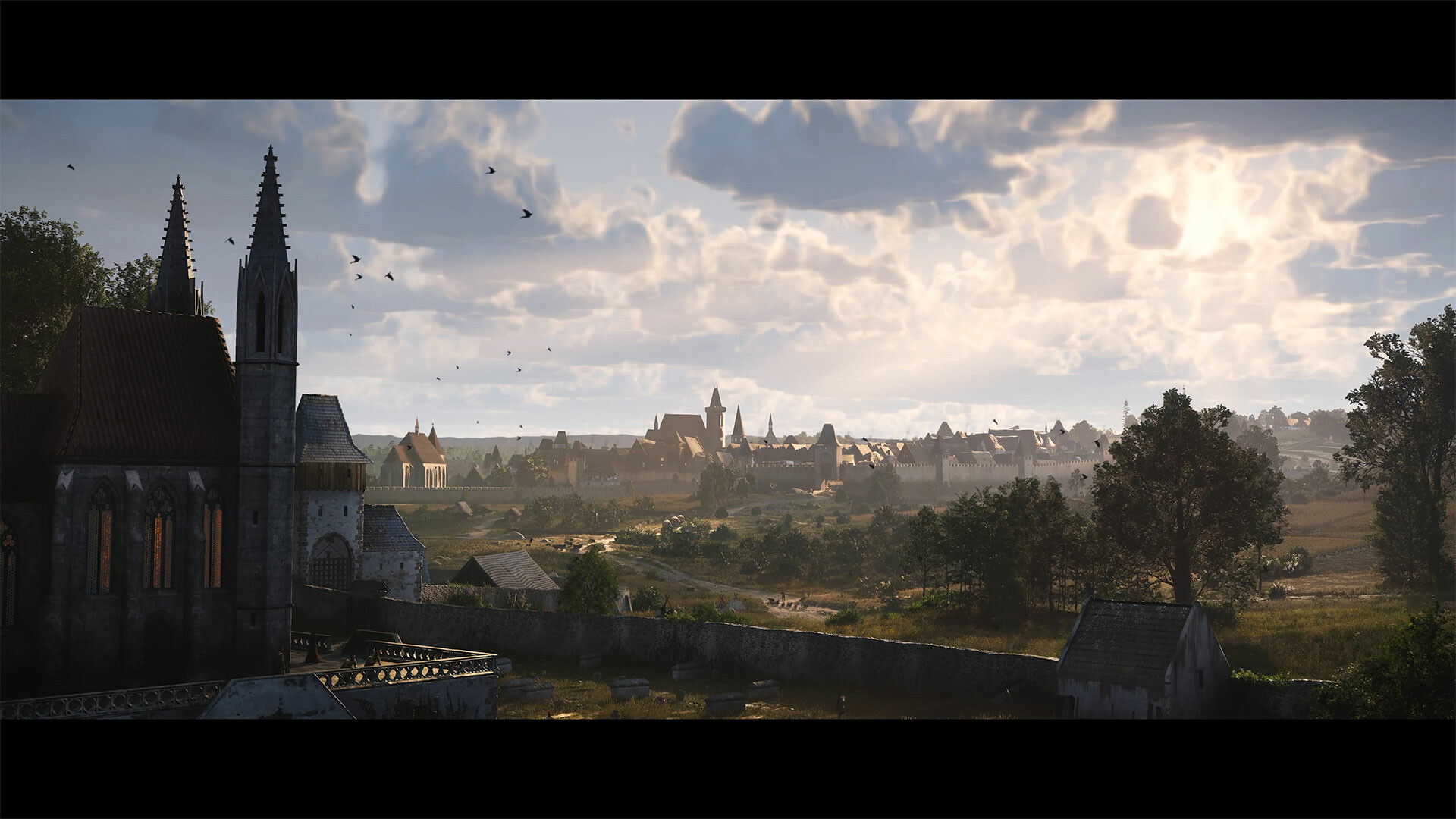
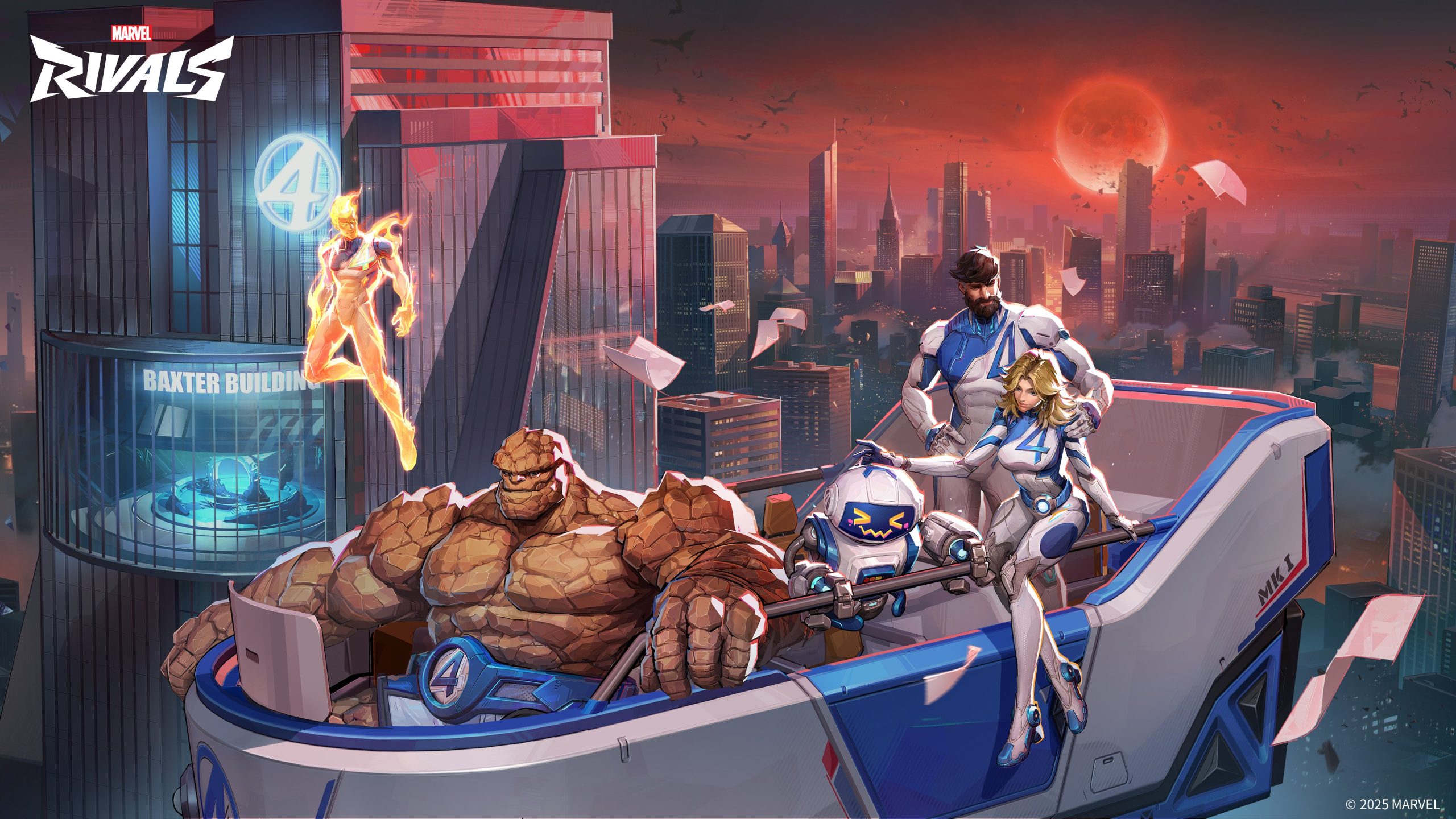
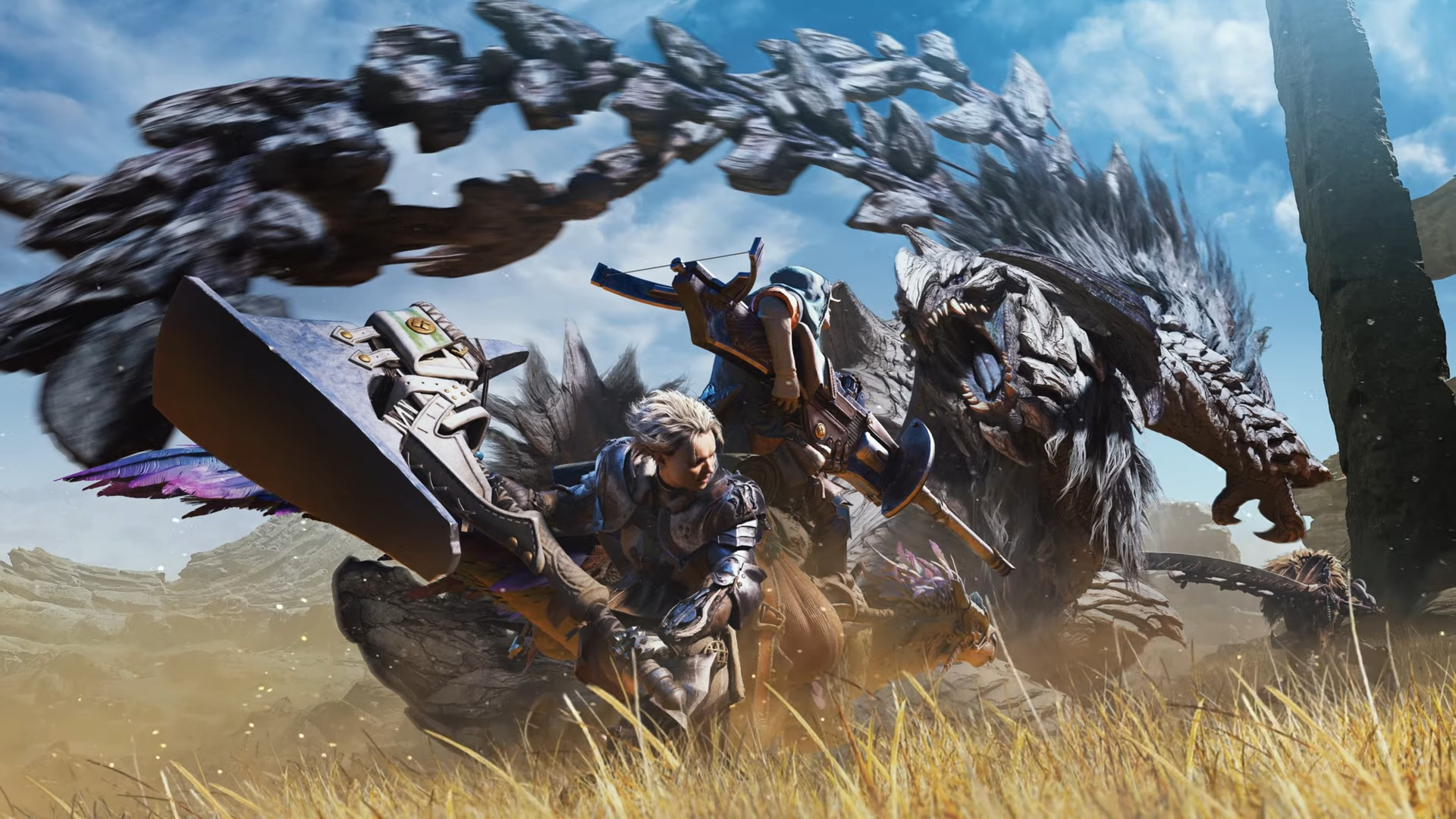
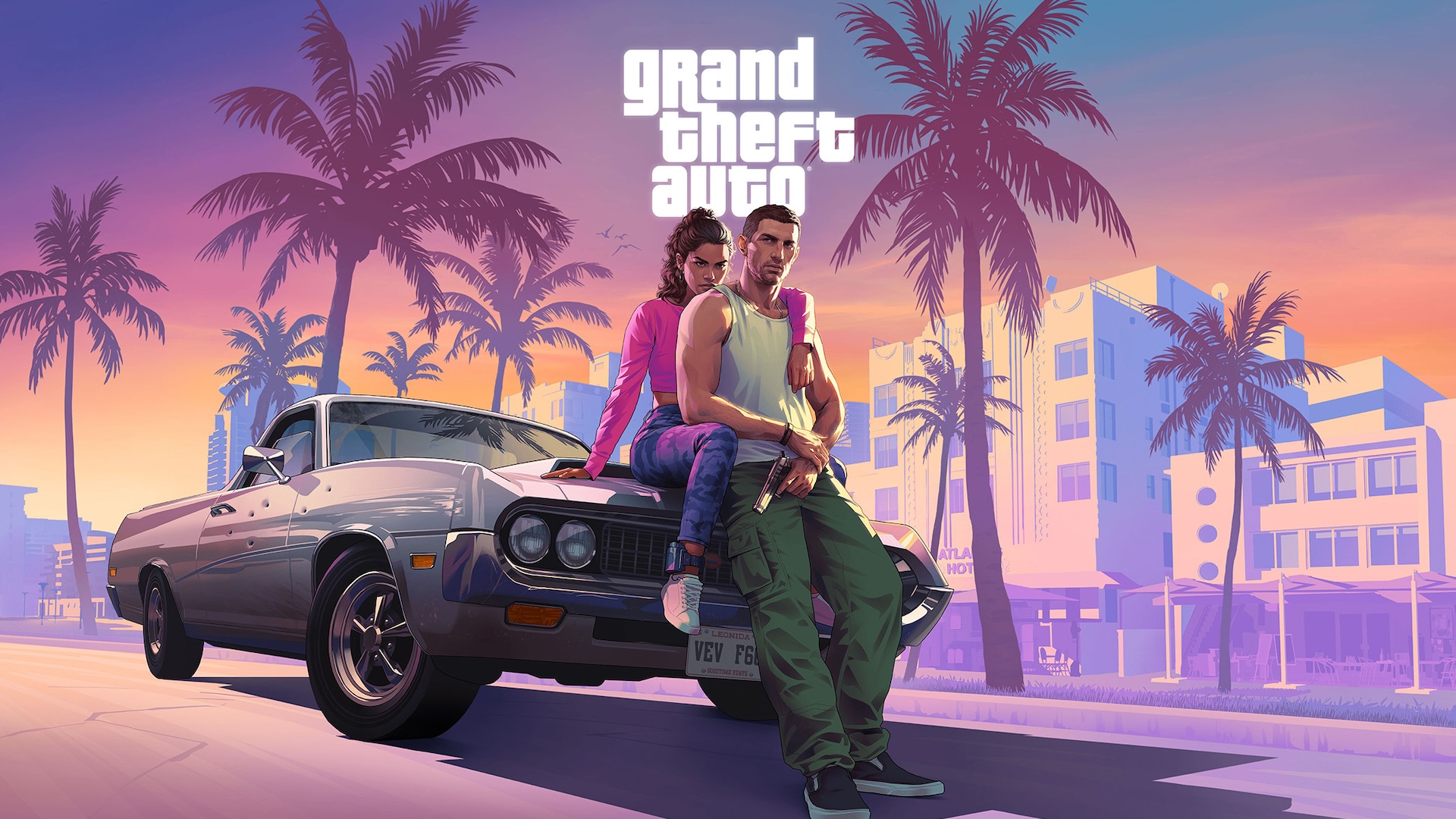
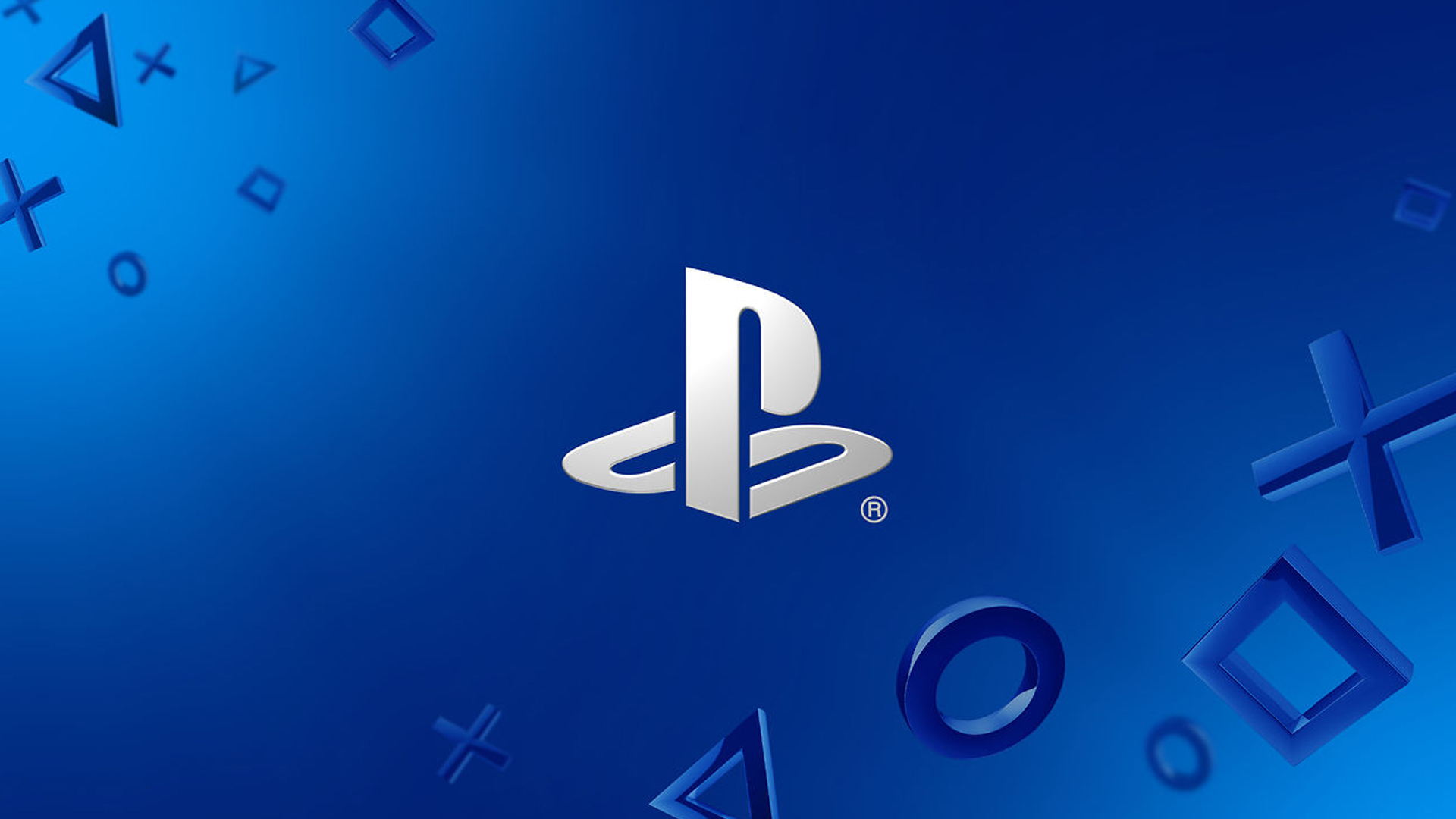



![Anime Reborn Units Tier List [RELEASE] (November 2024)](https://www.destructoid.com/wp-content/uploads/2024/11/anime-reborn-units-tier-list.jpg)
